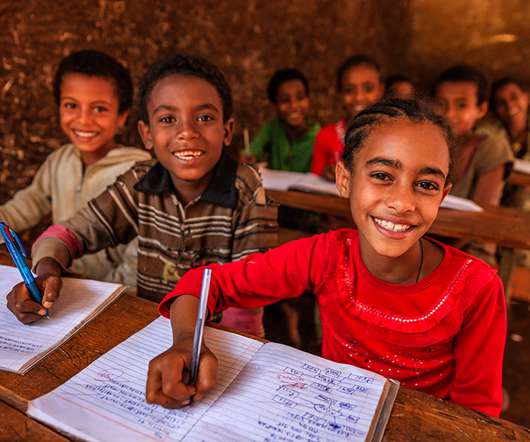NTEN Leading Change Summit #14lcs: Reflection
Beth's Blog: How Nonprofits Can Use Social Media
SEPTEMBER 8, 2014
The Leading Change Summit was more intimate (several hundred people), participatory and interactive, intense, and stimulating. “Perfectionism is the voice of the oppressor, the enemy of the people. And while anything you do the first time will not be perfect and in many cases stressful, in the end it was a good experience.













Let's personalize your content